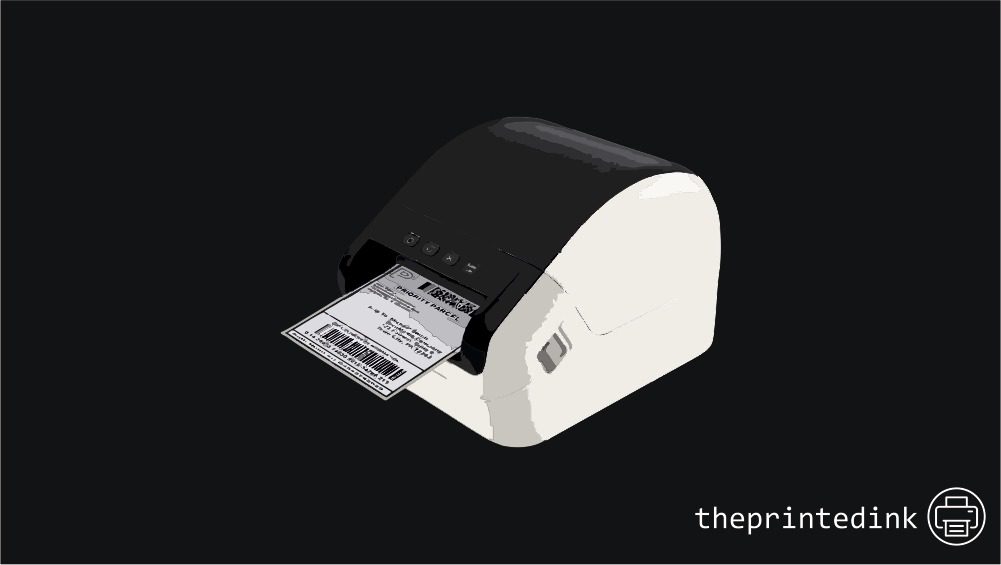If you are into 3D printing you’ve probably asked this question to yourself: “How much filament do I need?”
It’s often too hard to determine how much filament you need for 3D printing. Many factors go into consideration, such as your printing frequency, the size of your printed objects, and the filament material.
Metal is heavier than plastic, so the amount of filament you need differs from one to another and vice versa. Additionally, if you print every day, your filament amount will typically differ from someone who prints once a week.
So, how much filament do I need for 3D printing?
Contents
How Much Filament Do I Need for 3D Printing?
As a rule of thumb, you should get two spools of filament to get started. Some people prefer to go by weight, saying you should get 2–2.5 pounds of filament a month, but the accuracy differs according to the printing material. It also differs according to how much printing you’ll be doing, so I prefer sticking to the two spools rule because it’s the same amount for all materials.
You’ll also want to calculate how much you’ll need for backup. All 3D printers know failure is an essential part of the process; that’s why objects like rafts and brims exist. You’ll probably encounter broken and warped parts, so you’ll need backup filament for repeating their printing.
You can calculate how much filament you need for the shapes you’re printing and add 30% extra filament for failed prints.
If you’re not sure precisely how much filament you need, you can get two backup spools instead of abiding by the 30% rule. This way, you’ll always have extra.
Bear in mind that printing large figures takes up more filament than small shapes, and how many times you print can make a huge difference. Therefore, it’s essential to get an estimation of the weight of the objects you want to print. The weight that comes out is your minimum.
How Do I Find Out How Much Filament My Printer Needs?
One of the best methods for determining how much filament you need is using slicing software. When your print file is ready, upload it to a slicer, and it’ll tell you how much material you need.
Every slicer differs from the other, but some of them give you the estimated weight in grams, and some others use meters. On top of that, some slicers show you the price you’ll pay if you input the cost per spool.
Most filament spools you’ll find on the market will have their weights and sizes listed, so you’ll have an idea of how many you need.
If you can’t use slicing software for any reason, you can print a trial as a last resort. You’ll see for yourself how much material your printer will take up to result in the shape you want. So, you’ll know precisely how much filament you need.
How Long Will a Spool of Filament Last?
The question of how long your spool will last won’t have an accurate answer. That’s unless you provide the weight and shape of your printed objects, along with how many parts you’ll print.
The better question is, how many objects will a spool of filament last for?
Well, a lot of people use chess pieces in their average sizes as references for 3D printing. In terms of chess pieces, a 1-kg spool of ABS filament will be enough for making an average of 400 chess pieces. If you make those in a week or in a month, that’s up to you. But your printing frequency will dictate how many spools you’ll need.
Wrap Up
Determining how much filament you need for 3D printing is challenging because there are a lot of variables. Using slicing software is a nice solution to know how much material you’ll need. However, in the end, the amount and frequency of your printing will make all the difference.






